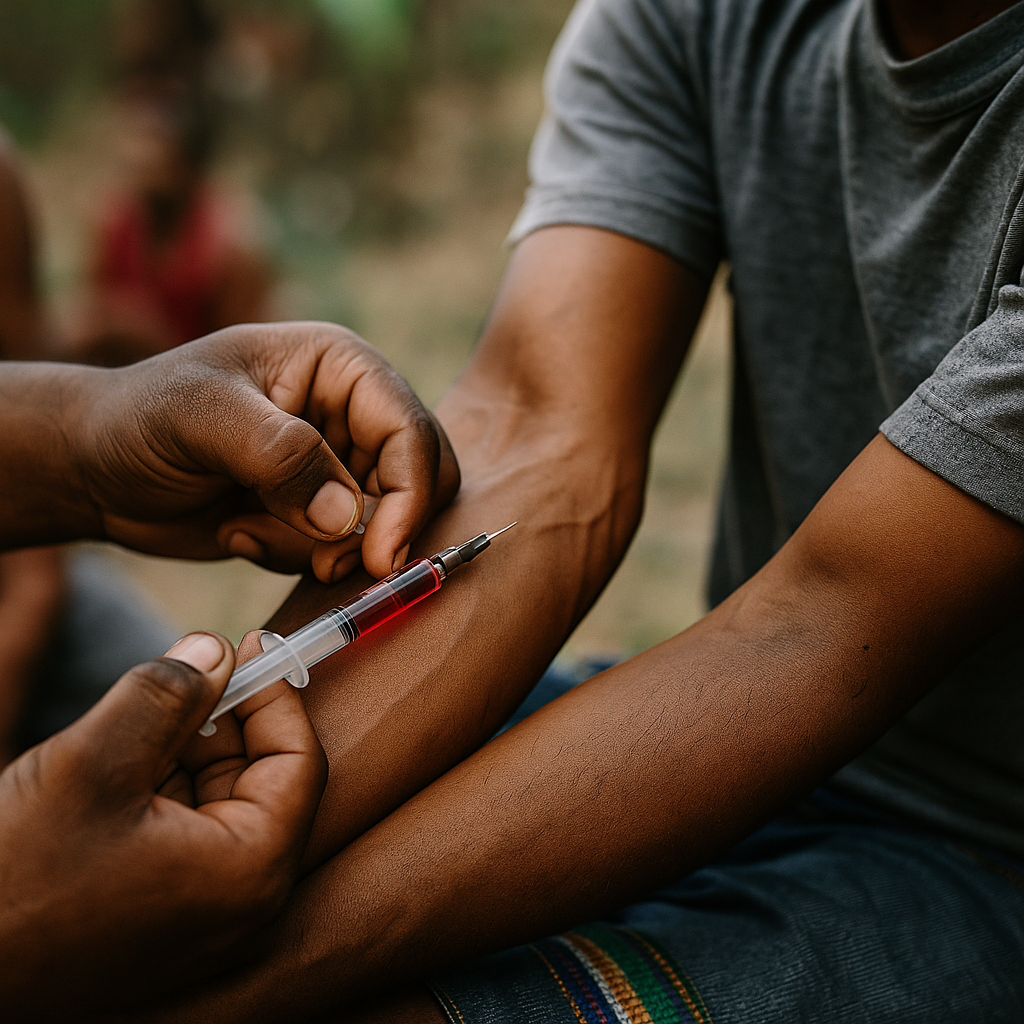The HIV epidemic has been a global health crisis since its emergence in the 1980s. In the decades since, organizations and governments around the world have mobilized to address the epidemic. From innovative solutions to global initiatives, the world is taking action to reduce the impact of HIV on global health.
Understanding the Global Epidemic
The HIV virus has had a tremendous impact on global health, with an estimated 38 million people living with HIV in 2019. It is estimated that 1.7 million people died from HIV-related causes in 2019, and that HIV continues to disproportionately affect certain populations, including women, young people, and LGBTQIA individuals. To effectively tackle the HIV epidemic, we must understand the scope of the problem.
The HIV virus is transmitted through contact with bodily fluids, most commonly through unprotected sexual intercourse or shared needles. HIV can be controlled through the use of antiretroviral therapy (ART), which is a combination of drugs that can suppress the virus and reduce the risk of transmission. However, many people living with HIV do not have access to the necessary treatment and prevention services.
Mobilizing Global Action
In response to the HIV epidemic, governments and organizations around the world have mobilized to address the crisis. The World Health Organization (WHO) has been at the forefront of global action, launching a number of initiatives to reduce the impact of HIV. This includes the Global Health Sector Strategy on HIV, which is designed to guide and support countries in their efforts to end the HIV epidemic.
Other organizations, such as the Joint United Nations Programme on HIV/AIDS (UNAIDS) and the Global Fund to Fight AIDS, Tuberculosis and Malaria, have also been actively working to end the HIV epidemic. These organizations provide funding, resources, and technical assistance to countries to help them address the HIV crisis.
Exploring Innovative Solutions
In addition to traditional approaches to HIV prevention and treatment, organizations and governments have also been exploring innovative solutions to the HIV epidemic. This includes the use of technology, such as mobile health applications, to improve access to care and reduce stigma.
In addition, the development of Pre-Exposure Prophylaxis (PrEP) has been a major breakthrough in HIV prevention. PrEP is a medication that can be taken daily to reduce the risk of HIV transmission. PrEP is currently approved for use in a number of countries, and is an important tool in the fight against HIV.
Taking Action for a Better Future
The HIV epidemic has had a devastating impact on global health, but it is not too late to take action. Governments and organizations around the world are mobilizing to address the epidemic, and exploring innovative solutions to reduce the impact of HIV.
By working together, we can make a difference and create a better future for all. We must continue to invest in HIV prevention and treatment, and ensure that everyone has access to the necessary care and services. Together, we can end the HIV epidemic and create a healthier, more equitable world.
The HIV epidemic is a global crisis, but with the right resources and initiatives, we can take action to reduce the impact of HIV on global health. From exploring innovative solutions to mobilizing global action, the world is taking steps to end the HIV epidemic and create a better future for all.



